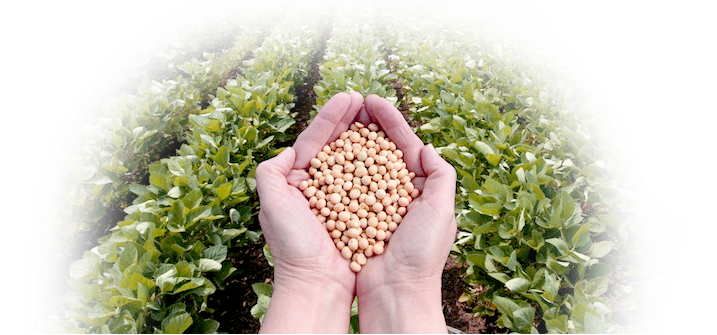Oilseeds, such as soybeans, get crushed to produce two critical food components to the food supply chain: meal and oil. Soybean is second only to corn in importance to the world’s food supply. Soybean oil is most popularly used in salad dressings, cooking oils, mayonnaise, margarine, etc. Soybean meal, because it possesses a naturally high level of protein, is an essential ingredient of livestock feed.

Natural Crush methods have been around since the dawn of grain processing. Through physical force, the beans are crushed, and then pressed under high heat. The heat and the pressure help separate the liquids (oil) from the solids (meal).
In the Chemical Crush methods practiced by Big Food, the beans are crushed and then dumped into a bath of hexane, a carcinogen and a highly explosive neurotoxic chemical. The hexane allows for a more efficient separation of the oil and meal. That hexane is pervasive in the Natural Food supply chain is mind boggling.
The EPA lists hexane as one of the 188 hazardous air pollutants that by their definition, “cause or may cause cancer or other serious health effects such as … birth defects.” The Big Food processors account for more than two-thirds of all hexane emissions in the U.S. The other major emitters include tire factories and petrochemical plants.
Hexane has been tested for its effects on workers, and OSHA sets permissible exposure levels at 500 parts per million for workers with 8-hour exposures to hexane. However, while the EPA has tested for its effects on workers, it has not tested for its effects on consumers as part of the human diet. Considering that most soy-based infant formula contains ingredients that have been hexane extracted, we believe that there should be more studies on the long-term effects of hexane consumption.
At a minimum, there is universal agreement that hexane DOES NOT BELONG in the processing of natural foods. It completely contradicts the consumer’s expectation.

